

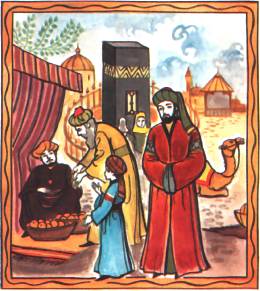











































































Indonesia Abuzz Over Cartoons Belitting Prophet(The original article appeared at this URL on the Bernama site but was later taken offline.)
JAKARTA, Nov 20 (Bernama) -- Indonesia was abuzz Thursday over cartoons depicting Prophet Muhammad which appeared on an Internet blog, and Islamic organisations protested vehemently against the belittling of the prophet and called for the blogger to be arrested and penalised.
Police have appealed for calm while they investigated the appearance of the cartoons on the blog in Batak, one of the local Indonesian languages.
A police spokesman said it had yet to be proven that the cartoons were the work of someone of another religion who wanted to belittle Islam and that the server and blog were not hosted in Indonesia.
Communication and Information Minister Muhammad Nuh said his ministry would track the blogger and impose appropriate action under the law.
Muhammad Ismail Yusanto, spokesman of the Hizbut Tahrir Indonesia Islamic organisation, said the cartoonist should be sentenced to death.





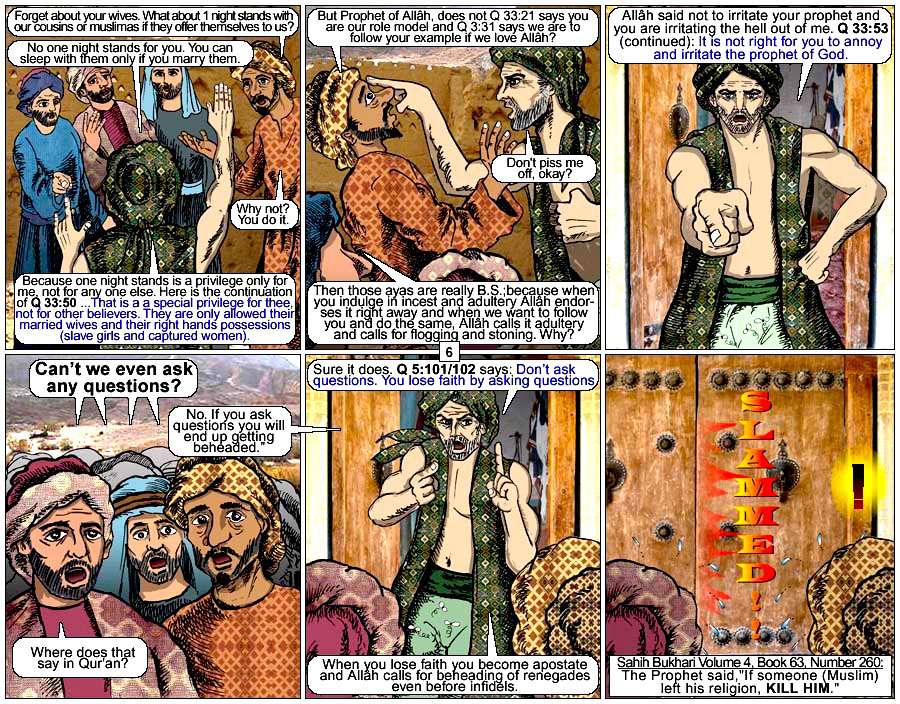
It was Hafsa's turn to sleep with the Prophet. Her maid Maria Quptia ( a gift from King of Alexandria) was also in her room when prophet walked in. Maria was a very attractive and voluptuous young teenager. She aroused carnal desires in any man who looked at her; then our Prophet was not any man, he was endowed with 30 man libido by Allah......and then continues with the following cartoons which document the outrageous lies Mohammed told so he could have an affair with a slave girl, and also his demeaning cruelty toward his own wives:



















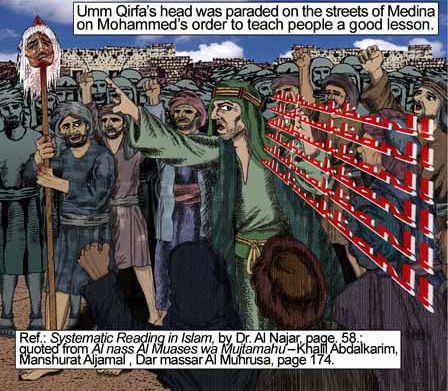















We would like to announce the publication of our new book, Biography of the Prophet Muhammad - Illustrated - Volume 1. The book was created collaboratively by several senior members of Indonesia Faithfreedom forum. The idea of creating an illustrated book about Muhammad came when we realized that illustrations can be a powerful tool to explain about Islam. We also scanned Qur'an intrepetations (tafsir) and showed the pages in our forum to back up our comic strips. Without the comic strips and scanned tafsir, we have to repeat the information over and over during debates with new Muslim visitors, and advise them to read articles in our huge Resource Centers that contain tens of thousands of articles in Indonesian about Muhammad, Qur'an, Hadith, and anything about Islam. But Muslims usually refused to follow our advice and just ignored our textual information. On the other hand, we do not have to ask them to read the comic strips, because they already do that out of curiosity.The English-language version of the book can still be purchased at iTunes and at Amazon.com. The drawings on this page, however, are taken from the original Indonesian-language version of the book.
...
Our forum members spread the comic strips to their blogs, websites, Facebooks, etc and soon the Indonesian Government condemned the comic strips and Indonesia Faithfreedom forum on TV news, newspaper, magazine, internet media.
...
It is not our intention to cause anger among Muslims. We just have a strong urge to counter the lies that Indonesian ulamas spread to promote Islam. ... Islam is based on lies, deception, and murders. We counter Islam by providing solid arguments in our articles, translations from Faithfreedom.org, comic strips, scanned Qur'an tafsir and Islamic literatures in Indonesian, etc. After trying hard for two years, we began to see the result. One by one, Indonesian Muslims started to write testimonies that they left Islam because of the information in Indonesia Faithfreedom.
...
Our success encouraged us to produce an illustrated book of Prophet Muhammad. The first volume is about the life of Muhammad in Mecca up to the time he migrated to Medina. We spent three years to produce this book because none of us could do it full time.






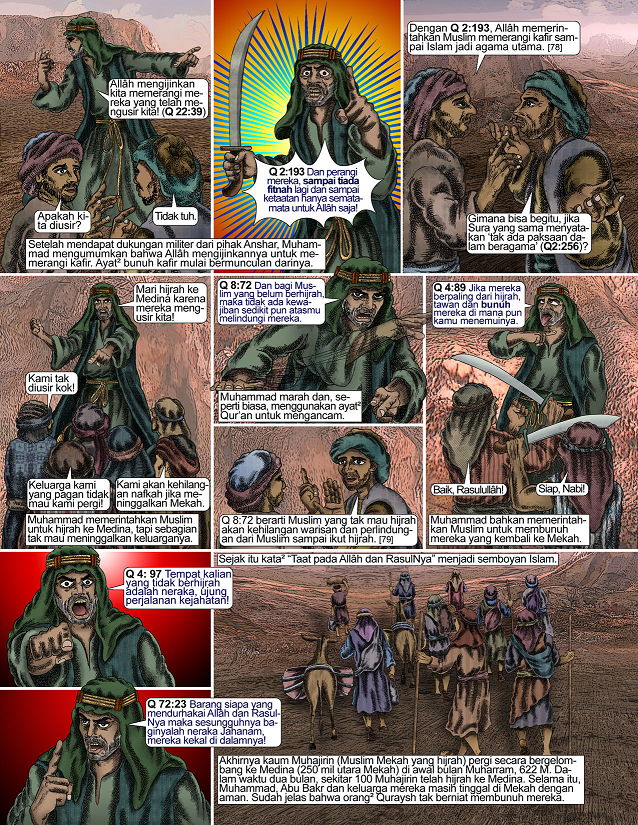

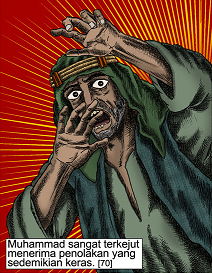




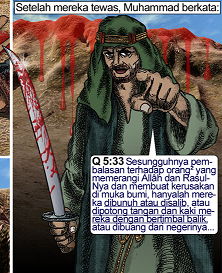
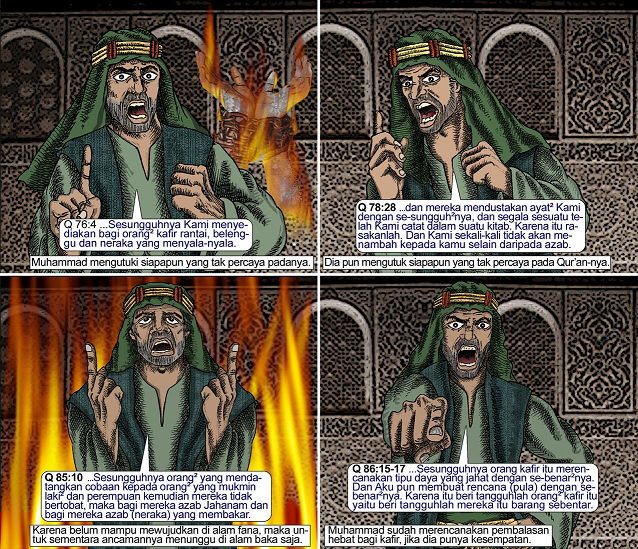

Muhammad -- the prophet of Islam -- was a sensual prophet. He married many. Many of his "marriages" targeted beautiful young widows whose bad luck came through Muhammad's aggression against their tribes. Muhammad and his rogue bandits killed the able men, stole the fortunes of the tribe, and enslaved and raped the women. Muhammad was the head of the Muslims. He aimed for the most beautiful ones amongst the captives. He usually "married" (raped?) them in the days following the attack on their tribe. The Muslim men also got their share of women and sex in the days following the Muslim attack. Thus "sex" was at the heart of Islamic imperialism.Google Books has a listing for Sex in Islam here, and the Indonesian-language version can apparently still be downloaded for free here at 4shared.
Not only in the "now and then" was sex important for Muhammad and the early Muslims. Those Muslims who perished in the attack against other tribes were promised with a heaven filled with eternal sex. Seventy two houris await with flowers and roses the Muslim "martyr".
Sex is at the heart of Islam.
...
The currently released book on "Sex in Islam" reflect[s] what actually happened, using exact quotations from Islamic sources relied upon by all Islamic scholars.
Ibn Abi Sarh's new book covers through imagery the stories of Muhammad's wives Khadija, Sawda, Hafsa, and the child bride Aisha. The book also covers the stories of Muhammad's concubines Rayhana and Maria the Copt. Ibn Abi Sarh covers also Muhammad's divorced wives 'Amar, Mulaykah, Asma, and Alshanba bint 'Amer.
The latter part of Ibn Abi Sarh's book deals with critical sex issues in Islam like Nikah, Pedophilia, divorce and remarriage, Sex in paradise, Polygamy, breast feeding, etc.

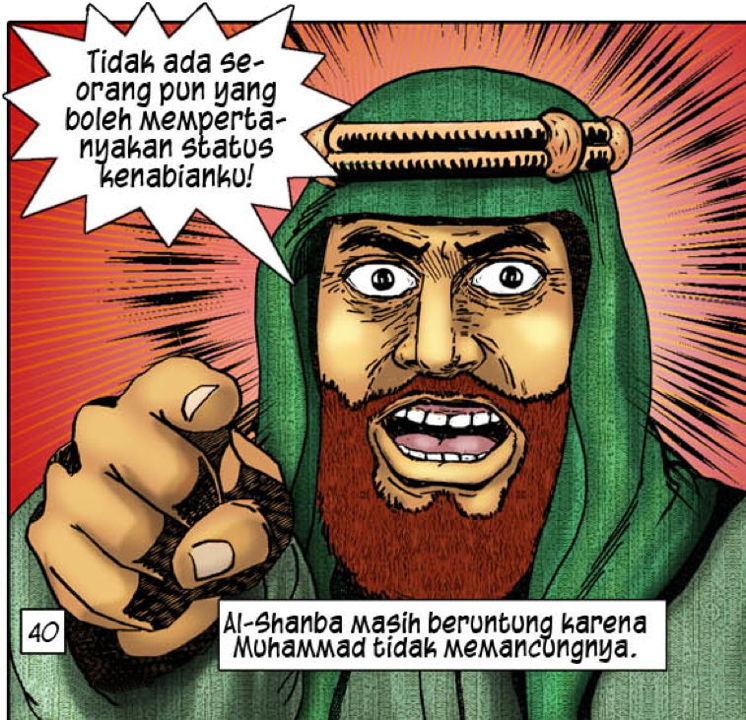




























Caption: What is the difference between Philip Garrido and Muhammad?
Garrido: "Qu'ran 65:4 (the Islamic doctrine permitting intercourse with girls who have not yet started menstruating) is good for me! [I.e. justifies my actions.]
Dugard: "I was 11 years old when he began to rape me."
Aishah: "I was two years younger than you when the prophet began to rape me, Jaycee."
Caption: Rape? What rape? Islam does not restrict the age of marriage and does not recognize marital rape. A Muslim husband has the absolute right to have intercourse with his wife, and the wife is not entitled to reject it.





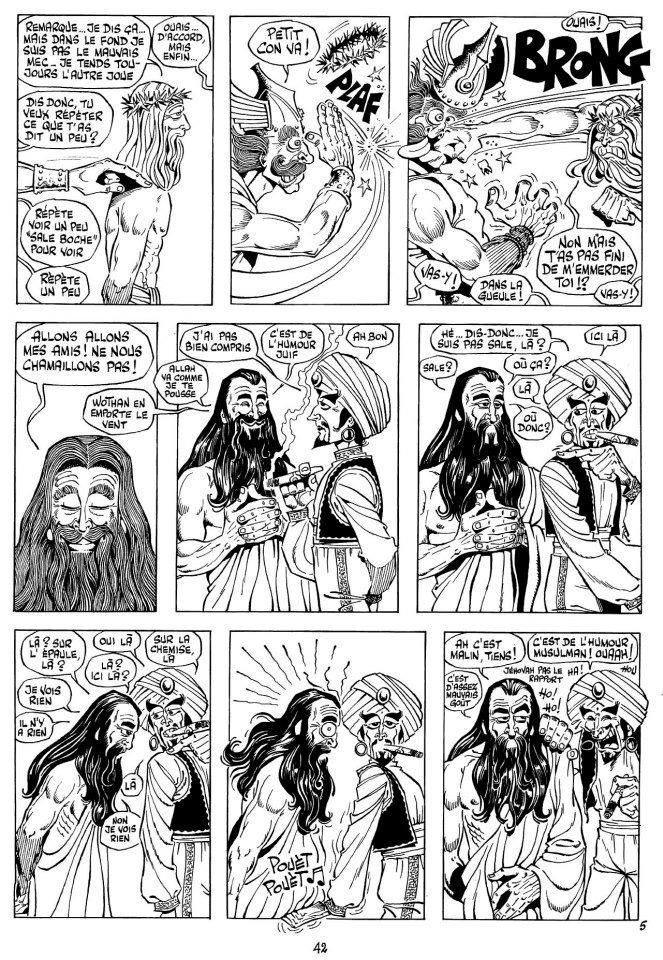

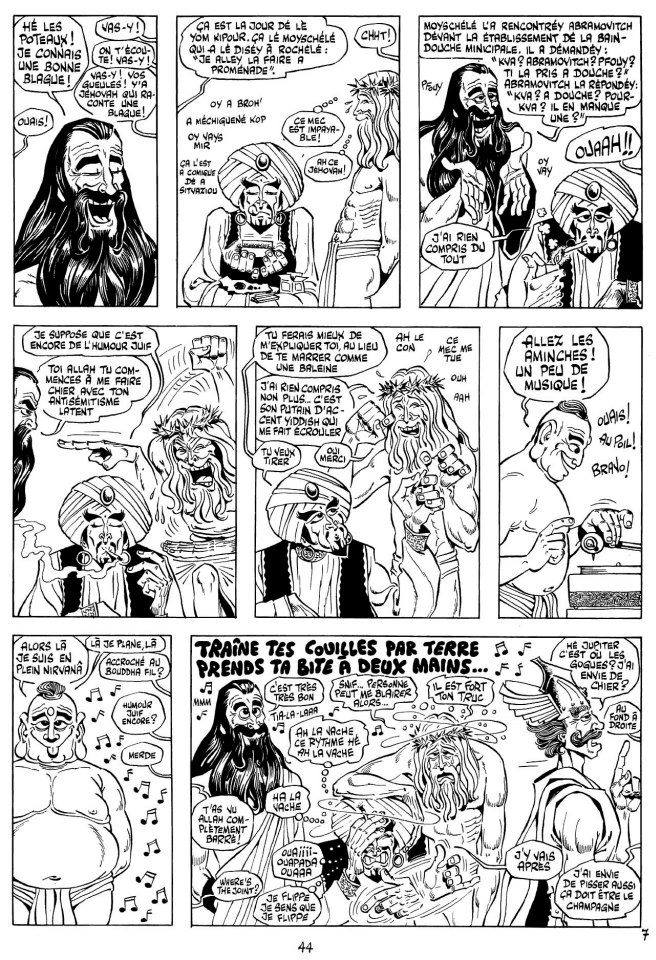
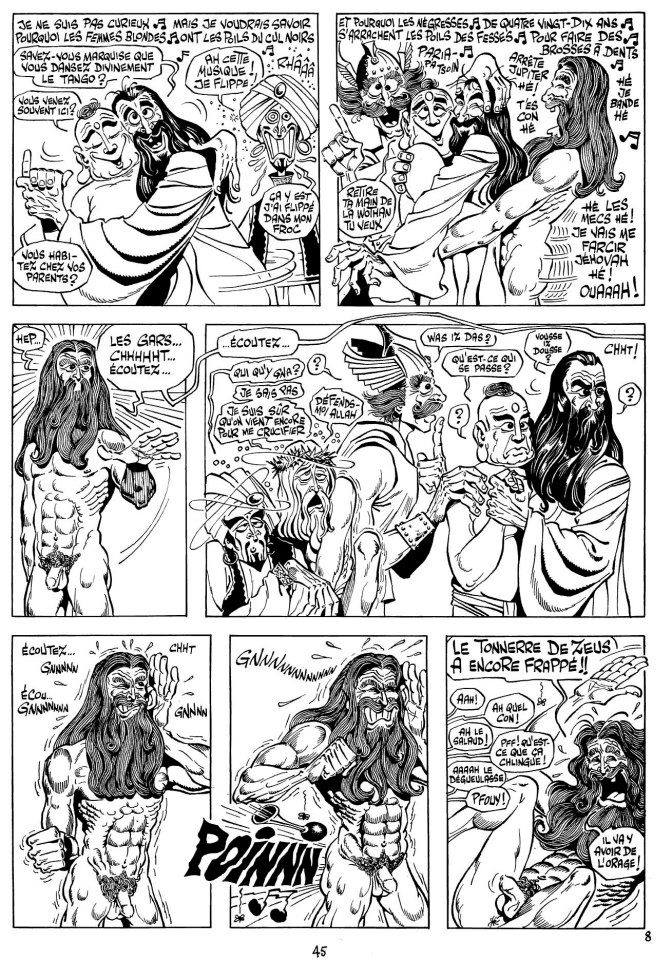







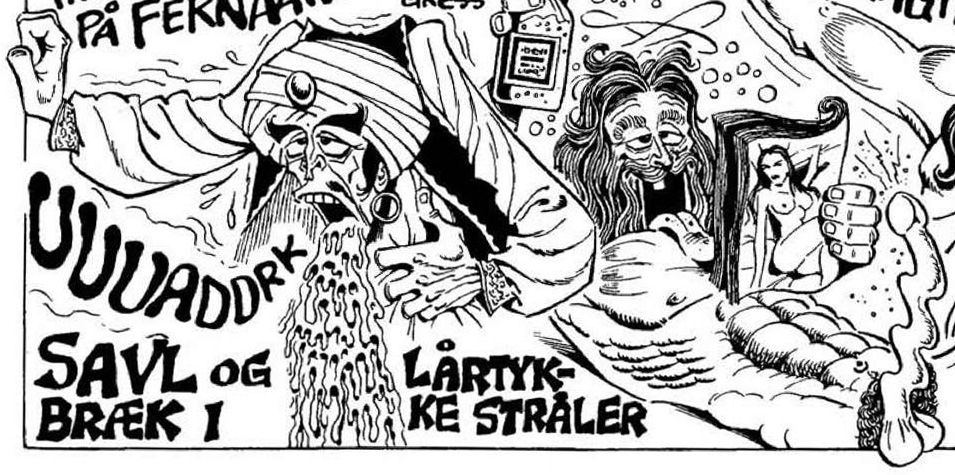






























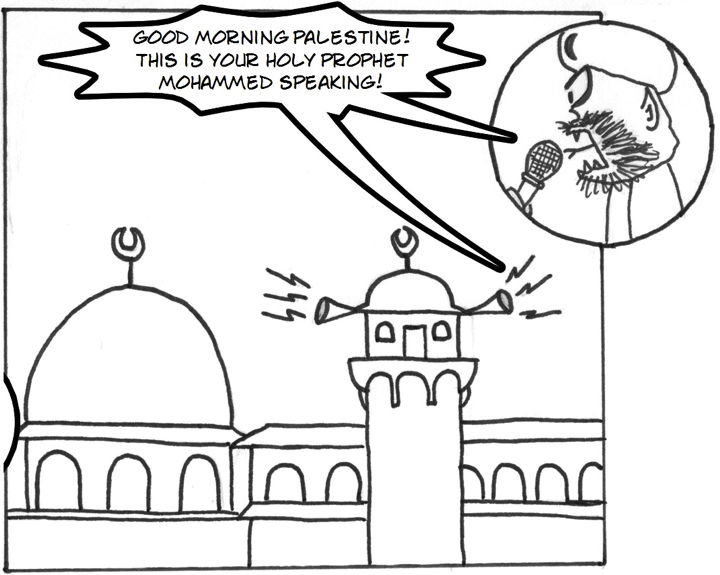































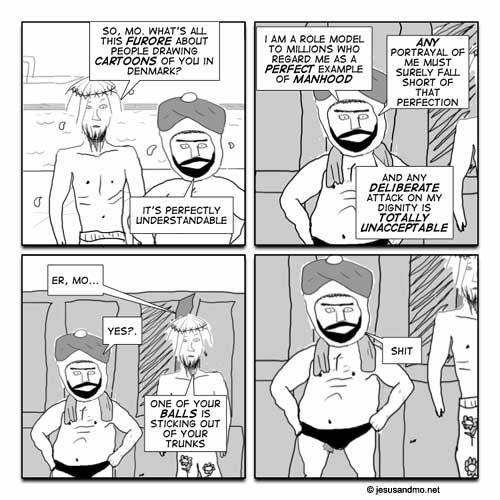





| Mohammed Image Archive home page |